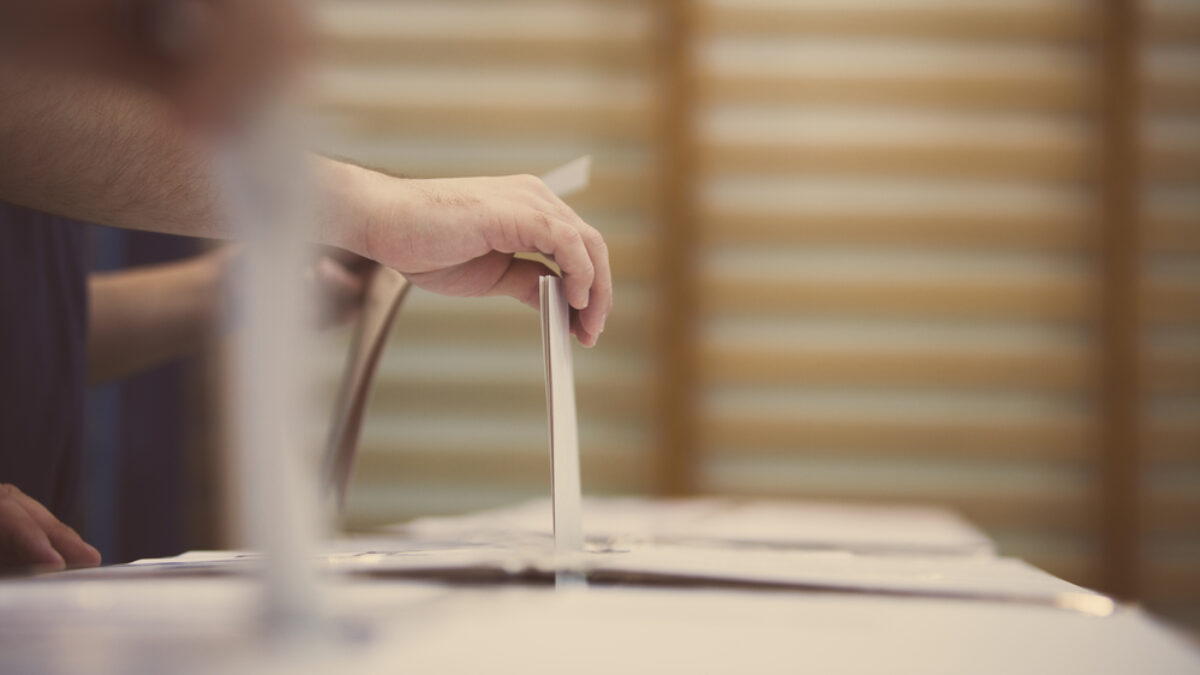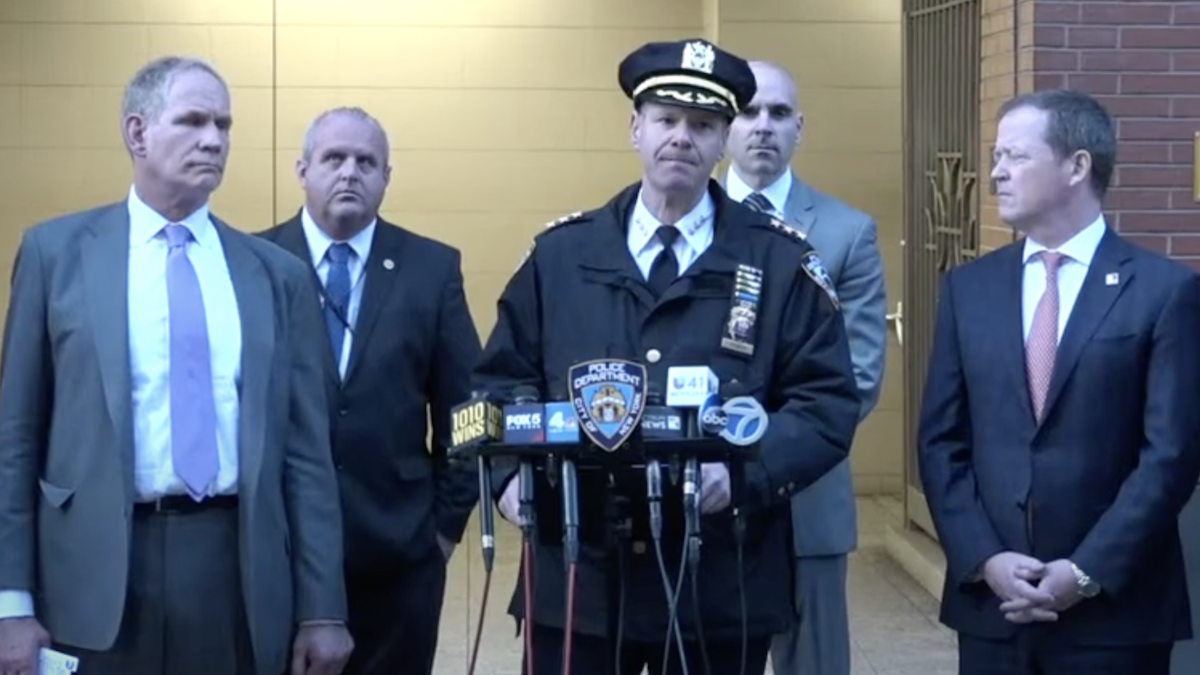
This week, liberals have been repeating their frequent claim that voter fraud doesn’t exist. A recent Salon article argues that “voter fraud just isn’t a problem in Pennsylvania,” despite evidence to the contrary. Another article argues that voter fraud is entirely in the imagination of those who use voter ID laws to deny minorities the right to vote.
Yet as the election approaches, more and more cases of voter fraud are beginning to surface. In Colorado, multiple instances were found of dead people attempting to vote. Stunningly, “a woman named Sara Sosa who died in 2009 cast ballots in 2010, 2011, 2012 and 2013.” In Virginia, it was found that nearly 20 voter applications were turned in under the names of dead people.
In Texas, authorities are investigating criminals who are using the technique of “vote harvesting” to illegally procure votes for their candidates. “Harvesting” is the practice of illegally obtaining the signatures of valid voters in order to vote in their name without their consent for the candidate(s) the criminal supports.
These are just some instances of voter fraud we know about. It would be silly to assume cases that have been discovered are the only cases of fraud. Indeed according to a Pew Charitable Trust report from February 2012, one in eight voter registrations are “significantly inaccurate or no longer valid.” Since there are 146 million Americans registered to vote, this translates to a stunning 18 million invalid voter registrations on the books. Further, “More than 1.8 million deceased individuals are listed as voters, and approximately 2.75 million people have registrations in more than one state.” Numbers of this scale obviously provide ripe opportunity for fraud.
Don’t Let Data Contradict My Narrative
Yet in spite of all this, a report by the Brennan Center at New York University claims voter fraud is a myth. It argues that North Carolina, which passed comprehensive measures to prevent voter fraud, “failed to identify even a single individual who has ever been charged with committing in-person voter fraud in North Carolina.” However, this faulty reasoning does not point to the lack of in-person voter fraud, but rather to lack of enforcement mechanisms to identify and prosecute in-person voter fraud.
The science of criminal justice tells us that many crimes go unreported, and the more “victimless” the crime, the more this happens. The fact is, a person attempting to commit voter fraud is very unlikely to be caught, which increases the incentive to commit the crime.
The National Crime Victimization Survey (NCVS) is a sophisticated, comprehensive effort to catalog “the number and types of crimes not reported to law enforcement authorities.” However, it tends to deal mostly in violent crimes. As complex as the NCVS is, gathering accurate data for unreported victimless crimes such as voter fraud is even harder, since 1) outside of the criminal, no one may know a crime has taken place, and 2) there is no direct victim to report the crime in the first place. Yet we are expected to believe that, unlike violent crime, voter fraud is limited only to the cases that are actually reported and prosecuted? This is a senseless position.
Further, the Brennan Center report argues that because prosecutor Kris Kobach’s review of 84 million votes cast in 22 states found only 14 instances of fraud referred for prosecution (which amounts to a 0.00000017 percent fraud rate), voter fraud is so statistically small that it’s a non-issue. Let’s follow this logic. Does the fact that 109 people were cited for jaywalking in Seattle in 2009 mean that only 109 people jaywalked in Seattle that year? Does the fact that 103,733 people were cited for driving without a seatbelt in Tennessee in 2015 mean that only that many people were driving without seatbelt in Tennessee in 2015?
Absolutely not. This can be proven easily because in 2014, the previous year, only 29,470 people were cited. The disparity is largely due to increased enforcement efforts in 2015. In other words, increasing enforcement of the crime revealed a much larger number of people committing the crime.
The exact same is true for voter fraud. We have no reason to believe that the low number of prosecutions means only that exact amount of voter fraud is happening. Rather, it could mean a lack of enforcement is failing to reveal the bulk of the violations that are occurring. Thus, as with many types of crimes, especially victimless crimes, the real number of cases is likely significantly higher than the number reported.
How to Effectively Target Voter Fraud
So now that we know voter fraud is a serious issue, what are some solutions to this problem? States like Michigan have Poll Challenger programs, where observers from both parties may be present at voter check-in tables at precincts. They check each voter’s ID against a database of registered voters for that precinct to ensure the person attempting to vote is actually legally qualified to vote in that precinct. If there’s a discrepancy, the poll challenger may officially challenge the ballot. Other states should implement similar programs.
States should sponsor initiatives to remove dead voters and correct the registrations of people registered in multiple states (make them choose just one state). Since many local jurisdictions are reluctant to clean their voter rolls, federal or state oversight with teeth may be necessary.
Further, voter ID laws, such as the one implemented by North Carolina, but (wrongly) struck down by three liberal judges on the U.S. Court of Appeals for the Fourth Circuit— one appointed by Bill Clinton and the other two appointed by President Obama—are needed to ensure there’s no cheating with votes. States should continue to press the issue regardless of recent setbacks by liberal activist judges.
Finally, some have claimed that strong voter ID laws are racist, because they disproportionately impact minorities and would prevent minorities from voting. As a black person, I’m naturally interested in this claim. Thankfully, it turns out to be false. The Heritage Foundation has shown that black voter turnout actually increased after North Carolina passed its voter ID law.
Not only was the claimed negative outcome false, but the reasoning was faulty as well. The fact that the law disproportionately impacts minorities does not mean that it is discriminatory. It means, unfortunately, that fewer minorities are in compliance with common-sense safeguards to protect the integrity of our elections (i.e., having a driver’s license or photo ID).
To mitigate this concern, states can offer a service that will take people without valid ID to their local government office to apply for proper ID, free of charge. Users could schedule the pickup with their smartphone or a phone call. That way there will be as few barriers as possible to those who want to vote and are capable of obtaining a valid ID, but cannot due to transportation concerns (a reason often given by those who claim voter ID laws hurt minorities).
So let us not believe false claims that voter fraud doesn’t exist. It’s real, and we must work to stop it, while making sure those who are eligible to vote but without proper ID are accommodated fairly.
An earlier version of this article cited Pew Research instead of Pew Charitable Trusts for a report the latter has published.









